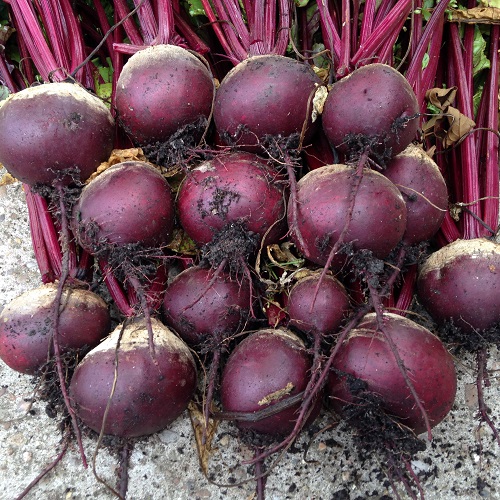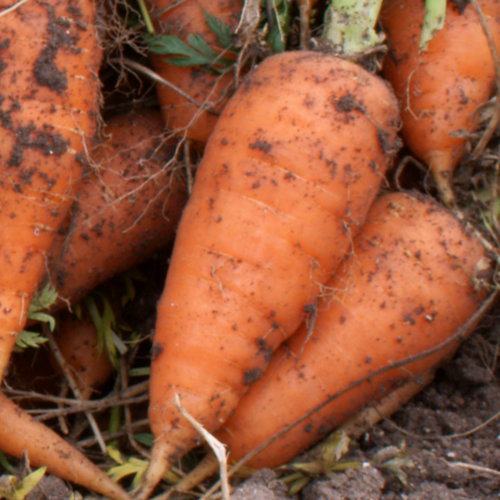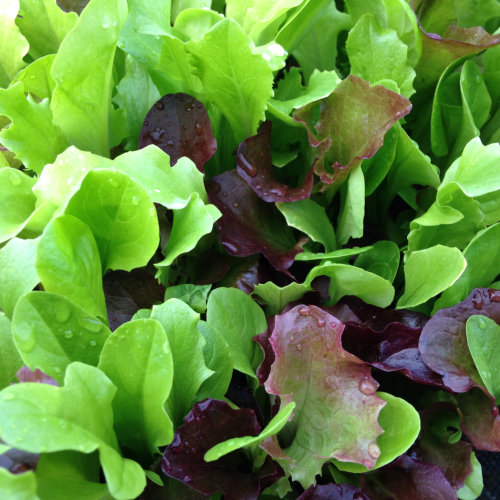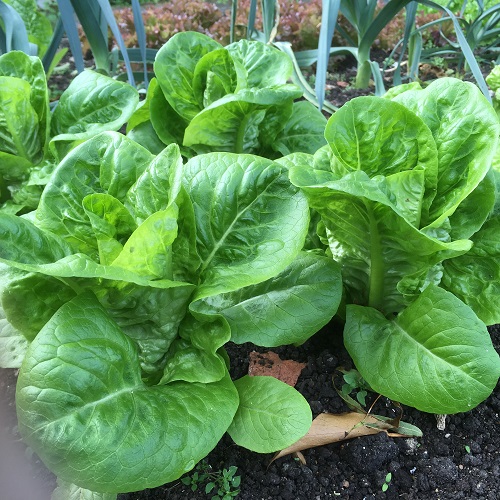Customers who bought this item also bought:
Beetroot Boltardy£0.99
£0.79
Beetroot Boltardy is the most popular variety for early and.....
Average Contents : 350 seeds
Carrot Chatenay Red Core£0.89
£0.69
Chatenay Red Core is regaining popularity due to its exceptionally.....
Av. Packet Contents : 500 seeds
Salad Leaves Mesclun Mixed£1.29
£0.89
Mix of Lettuce varieties suitable for use as a cut and come.....
Average Contents : 1.5g, approx 1000 seeds
Lettuce Little Gem
£0.89
Little Gem is a compact small cos type with tight hearts and a.....
Average Contents : 500 seeds
Customer Reviews
Calabrese Marathon
Write a Review and share your opinions!
15 January 2014
i grew calabrese marathon last year fantastic crop from april planting picking from june until december recommended




